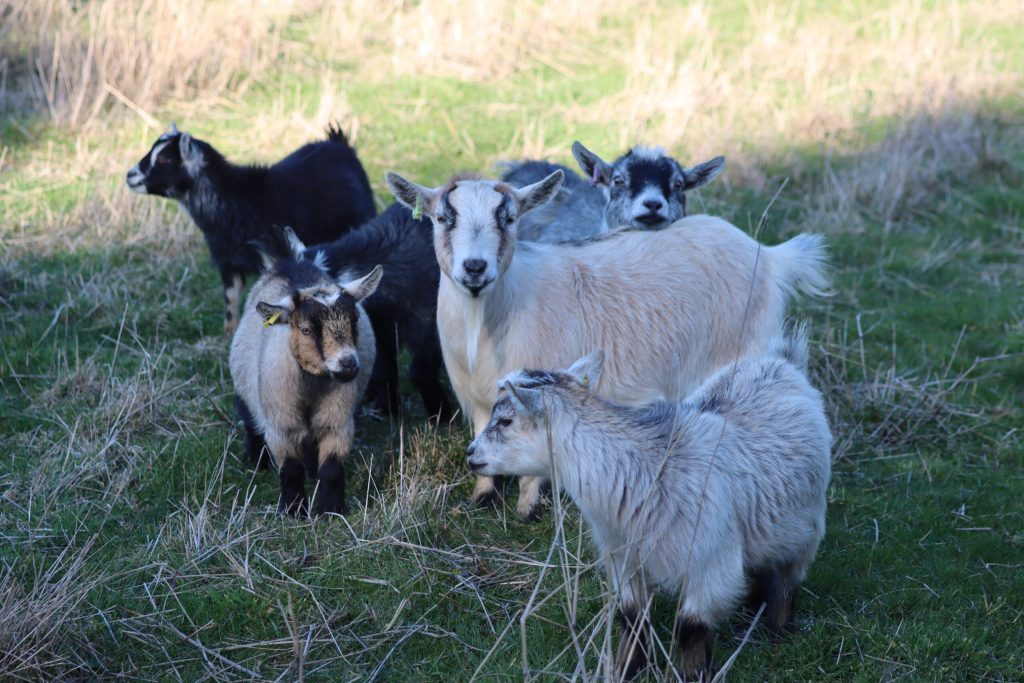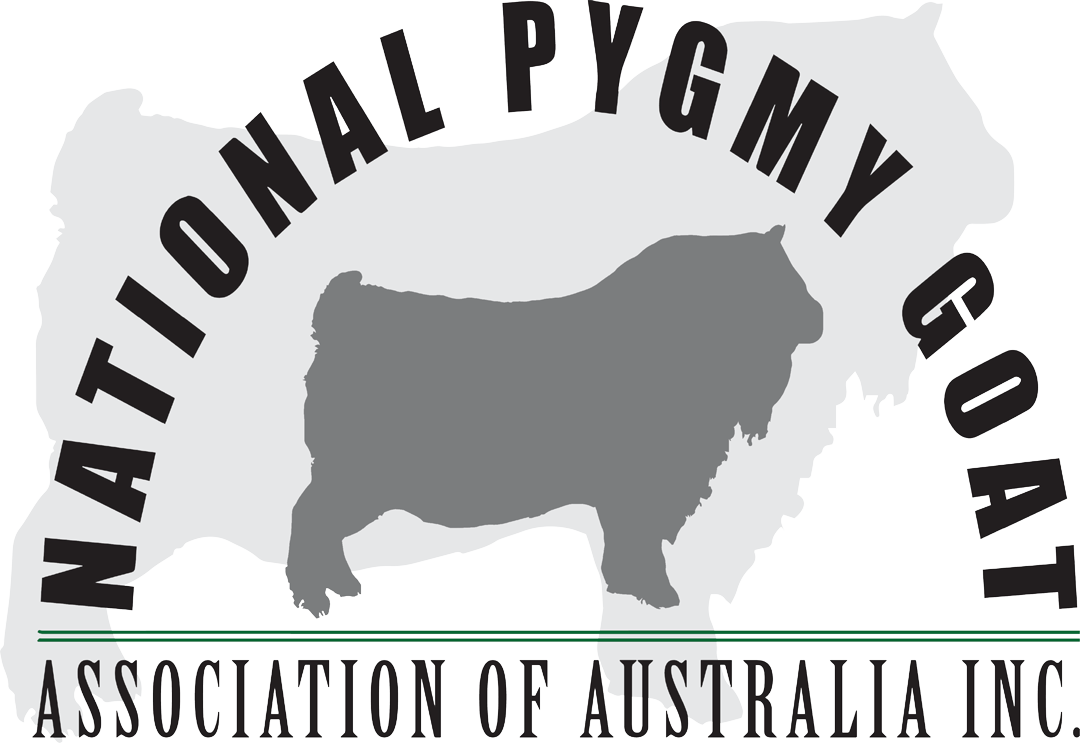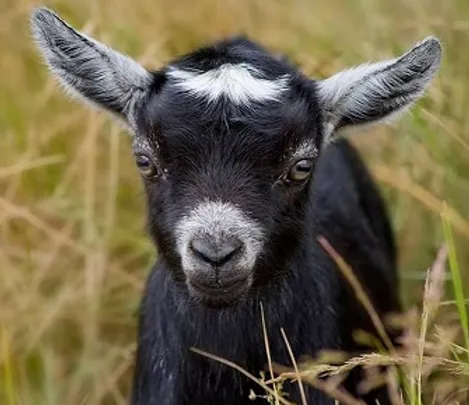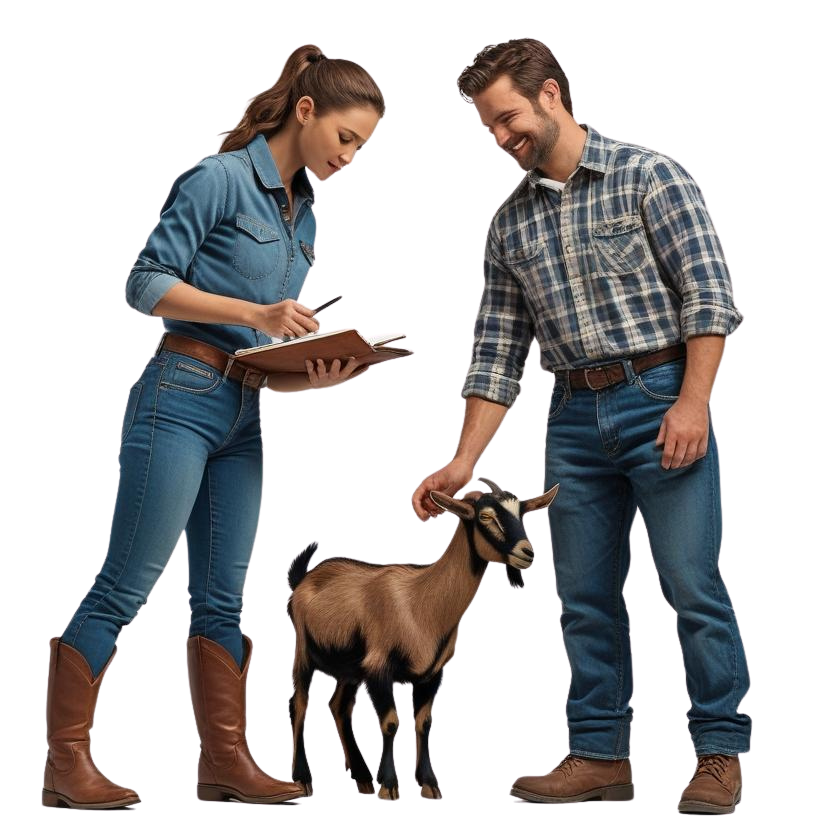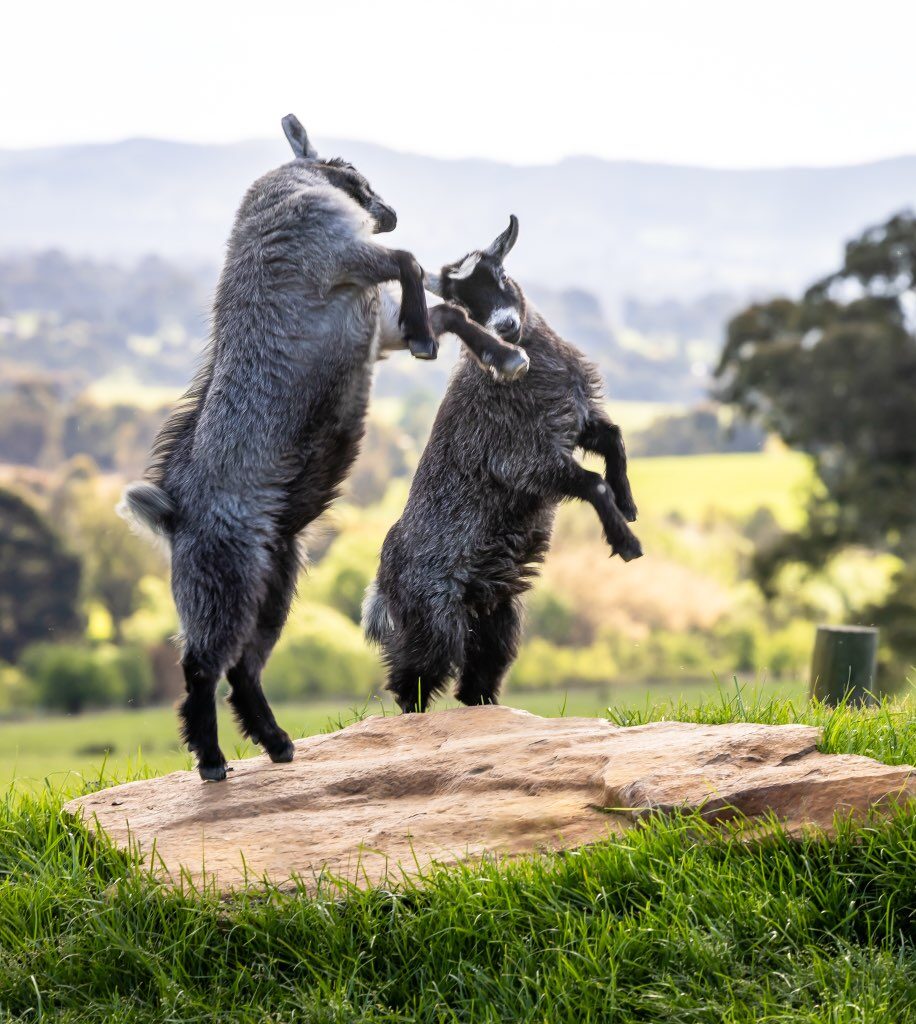Together, we protect and promote the Pygmy Goat breed
The National Pygmy Goat Association Australia (NPGA) connects breeders, owners, and enthusiasts across the country.
We promote responsible breeding, uphold standards, and build a thriving, informed goat community.
- Promoting ethical breeding practices
- Recognised breed standards for Australia
- Community-driven and member-supported
- Educational resources for all goat lovers
Active Members Nationwide
Registered Pygmy Goats in Australia
Promoting the Breed & Community
Join the community that supports ethical breeding and the future of Pygmy Goats
About the pygmy
Our Vision
Each enthusiast has the chance to direct where this tiny animal will end up in approximately 10 years time. Importers of genetics play a role but breeders “grading up” will play the dominant role in creating the breed.
The conventional way to breed to purity is to only use 100 % imported bloodlines over existing small goats, moving from 1/2 cross to 3/4 to 7/8 etc in consecutive matings. In this case, Australian breeders have access to the USA version of the pygmy, through importers navigating Australian import quarantine regulations. The quarantine restrictions are based around avoiding the introduction of diseases that may contaminate our cattle and goat herds and sheep flocks here in Australia.
Being forced to source our base only from the USA limits the colour and type range to approximate the USA standard.
Both the British and Irish Pygmy Clubs standards are more flexible, they have allowed for a more diverse range of colours and patterns to become available to breeders, but it could be said they lack type.
As with colour, the current rules set down by NPGAA with regard to type are very flexible. The NPGAA accepts all colours without exception or bias, and over time will define colours as we learn more about them. At the same time, the base colours are going to be very dominant, while new colours and variations will challenge the enthusiast to establish and maintain them.
NPGAA will encourage breeders to approach the breed standard in whatever direction they wish to explore.
Some may cross lower percentages together, creating a huge amount of diversity. This methodology will be a cheap option, but it will take longer to implant the finer points of the pygmy into their stock. Others may do the same thing working with parents with higher percentages and less variation in type and variety.
From such mating many new genes from the Australian goat population will move across into the Pygmy breed. Genes such as fertility, fecundity, parasite resistance, feet and leg strength will aid in the health of our strain.
Fashion gene’s pulled and dragged around from decisions made by judges in the show ring, will be more diverse giving the breeder more room to explore variations. The Australian version of the pygmy as it develops will be able to display options, that other countries animals cannot.
Currently there are a handful of Full blood (animals whose entire ancestry goes back to imported genetics) Pygmy’s in Australia. They are deemed 100%. The rest of the animals that claim pygmy status in Australia are part of the Purebred population.
In theory, a pure bred can never reach Full blood status. This situation has been the grounds for animal associations all over the world, to split and go separate ways.
NPGAA has the opportunity to create history by setting 2 targets and re-define the term Pure.
On September 30 th 2032 the herd book will be closed. Only goats that are over the 90% pedigree proven, degree of purity will be accepted as stud breeding stock. From that day forward any animal below 90% will be reduced to the pet market.
From 30/09/2032 all stock that have moved into the 90 to 100% bracket will be deemed Australian Fullblood/Purebred.
The committee of NPGAA in 2032 will have the right to alter the direction above, but in the meantime, we have approximately 5 generations to develop a pool of livestock that will rival the best in other countries.
In the USA they opened their herd book after closing it to let some other animals in. The Committee at the time placed conditions that had to be met. We too will explore all options when the time arises.
NPGAA encourages breeders to explore the genetics available to you, keep your records accurate for the good of the rest of us, and to allow re-creation of individuals as they are pedigreed.
The future is yours to influence and create perfection in an animal that gives affection, performance and pleasure to all that comes in contact with it.
Learn more about the history, characteristics, and unique standards of the Pygmy Goat in Australia.
Get the facts, understand the differences, and explore the truth behind common myths.
Characteristics
Gestation Calendar
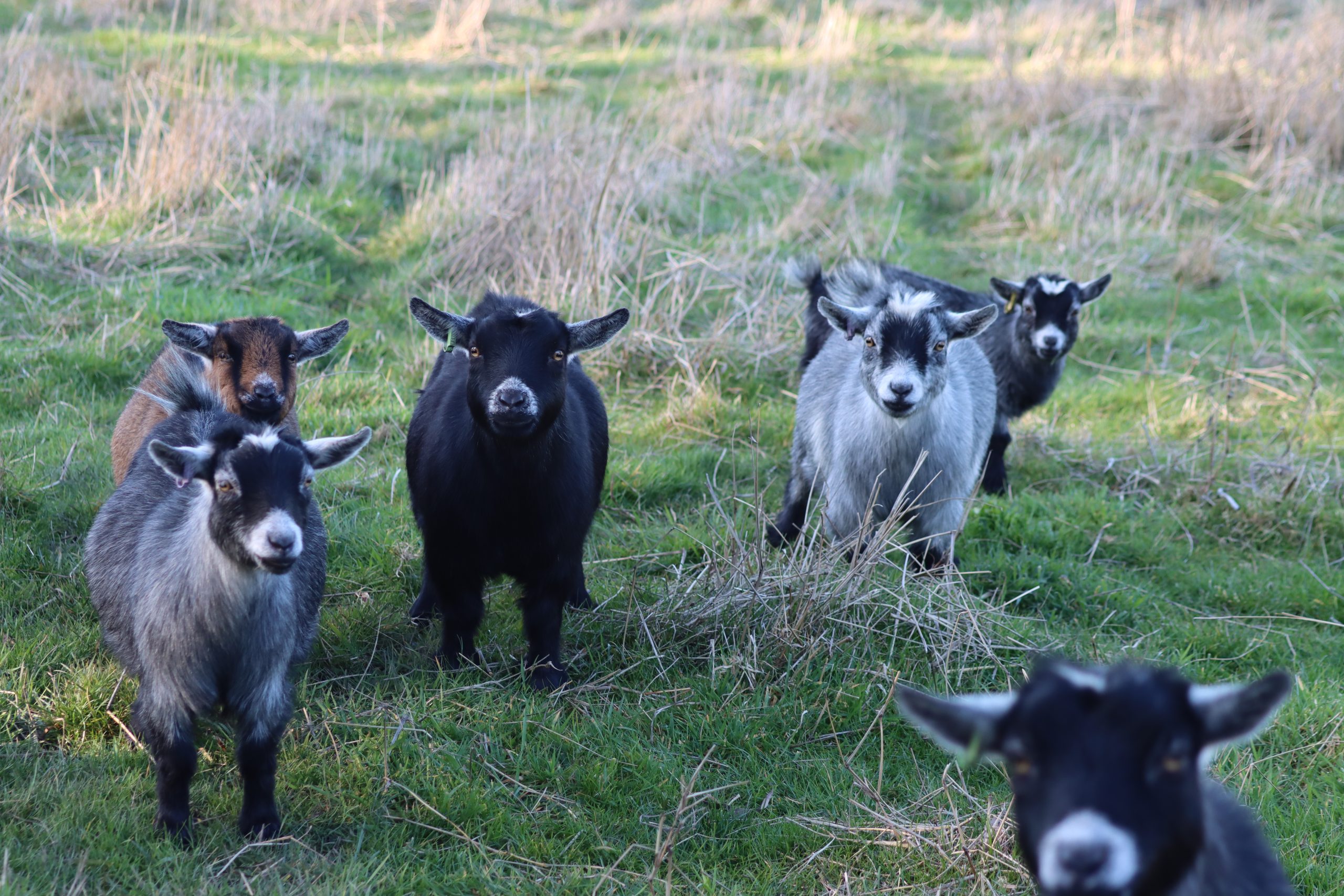
First steps with Pygmy goats
Whether you’re new to raising pygmy goats or looking for practical tips, this guide walks you through the essentials — from choosing the right breed to setting up proper fencing and housing.
- 01 Meet the pygmy goat personality
- 02 Set up safe and secure fencing
- 03 Provide proper shelter and space
- 04Understand their care needs

Raising pygmy goats starts with understanding their nature, space needs, and safety. This guide covers basic fencing, housing, and care tips to help you create a healthy environment for your goats from day one.
Ensure your goats give birth in a safe, clean, and well-prepared environment. Use our Kidding Kit checklist to stay ready.
